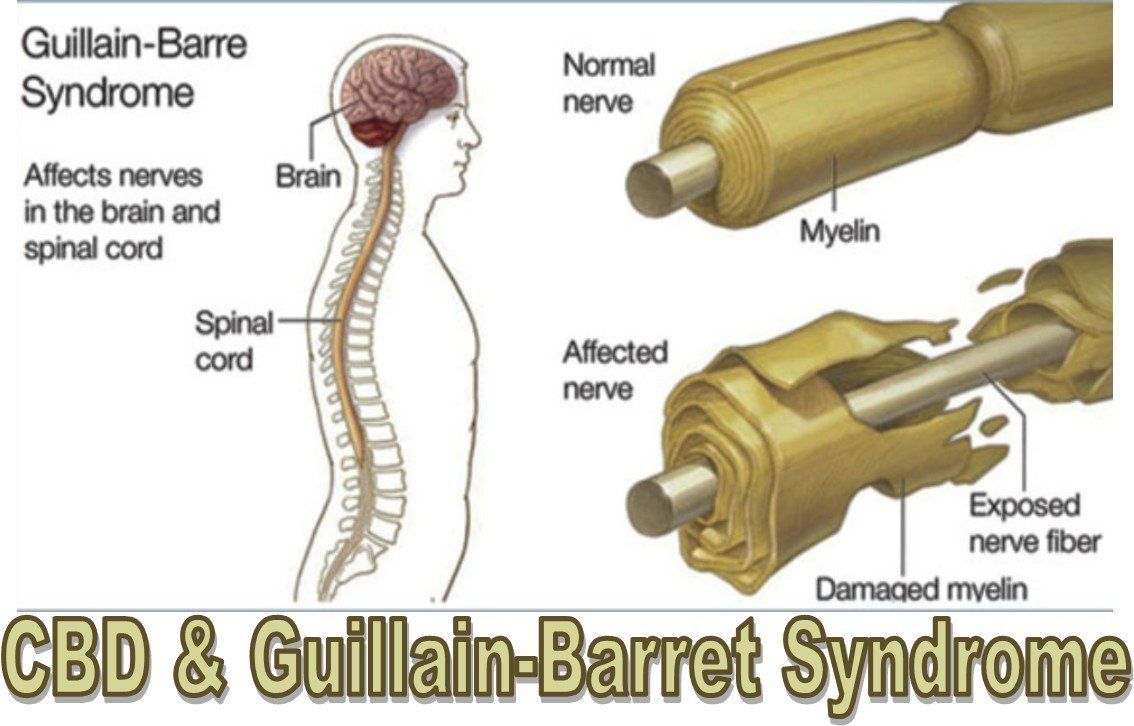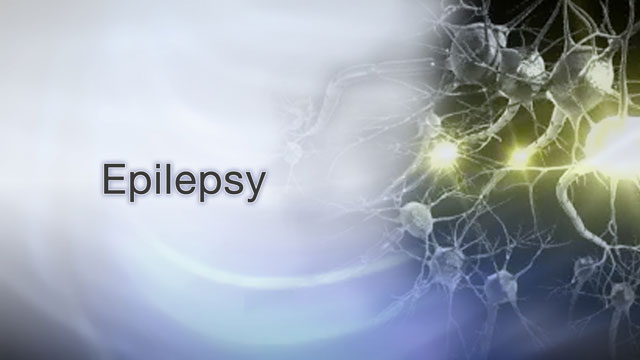Case Study Treatment Plan: The Assessment Process
Case Study Treatment Plan: The Assessment Process
THE ASSIGNMENT:
Case Study Treatment Plan: The Assessment Process
Resources
For this assignment, complete the Assessment Process sections of the treatment plan for your course project. This treatment plan is based on the case study you selected for your course project. You can review the case studies in the Case Study Treatment Plan media piece available in the resources.
The Assessment Process sections of the treatment plan that you will complete for this assignment consist of the following:
- Identifying information.
- Presenting problem.
- Previous treatments.
- Strengths, weaknesses, and social support systems.
- Assessment.
- Diagnosis.
- References.
The sections of the treatment plan you submit for this assignment should be 4–5 pages in length, with a minimum of two references from current articles in the professional literature in counseling. Be sure to cite your references in current APA format.
To assist you in completing this assignment, please use the Case Study Treatment Plan Template (available in the resources) to organize your work. Each section of the template includes a description of the type of information you must include. You should type your paper directly into this template, save it as a Word document with your name, and then submit it to the assignment area.
For additional information, see the course project description.
Submit your paper to Turnitin before you post it to the assignment area so you can catch any areas that are showing up as possible plagiarism.
Note: Your instructor may also use the Writing Feedback Tool to provide feedback on your writing. In the tool, click on the linked resources for helpful writing information.
THE CASE STUDY
Oscar is a 19-year-old Hispanic male who is the oldest of 5 children. His family has been farming the same land for 4 generations. Currently they grow vegetables for the regional grocery chain’s produce departments. They live in a rural area of the county. Three generations live in two separate houses on their land. They are fiercely independent and have little to do with people in town, although the family itself is extremely close knit.
Oscar is currently a freshman at the same college his father attended, majoring in agriculture. When he came home for spring break, his parents noticed significant changes in his appearance. He had lost weight, looked haggard, wasn’t sleeping and seemed irritable and argumentative. He told his parents that he did not want to return to college after the break. He went on to say that his roommate had placed cameras in the room so he could record everything Oscar did while the roommate was absent. His grades were poor and he expressed that he believed his instructors were prejudiced against him. This poor performance was in stark contrast to his performance in high school, where he was in the top 10% of his class. Within days of coming home he had stopped showering and began wearing multiple layers of clothes (3 pairs of jeans and 4 t-shirts). He became essentially non-communicative, responding to questions with one-word answers and not initiating conversation. Oscar seemed unhappy or irritable whenever he encountered a member of his family and began spending all his time in his room. He even refused to talk with his youngest brother, with whom he had always been close. He did not take meals with his family, a long-standing tradition in his family, and left his room only in the middle of the night. He could then be heard opening drawers in the kitchen, going into his siblings’ rooms and leaving the house for long periods of time.
The family (parents and grandparents) became very disturbed and consulted their priest. The priest recommended that the parents take Oscar to see a fellow parishioner who is also a counselor. This counselor was also disturbed with Oscar’s presentation and recommended hospitalization. The family was very reluctant, but eventually agreed. By the time they got to the hospital, Oscar was essentially non-communicative, only nodding or shaking his head in response to direct questions.
The parents provided history that indicated Oscar had been a good student in high school and had participated in the school’s FFA club. He has always wanted to carry on the family tradition of farming. He did not have many friends, but the family attributed that to their living in the country.
The psychiatrist diagnosed Oscar with major depressive disorder, single episode, severe with psychotic features and prescribed anti-depressants. He was released three weeks later, with some improvement. One week later he was readmitted, with the same presentation he had at the previous admission. This time, though, his father reported that he had found a cache of knives in the barn, some from the house, some from the grandparent’s house and some from the barn itself. When he asked Oscar about them, Oscar responded that he needed them to protect himself from attacks. When his father asked from whom, Oscar responded that he had seen one of his college professors in the field of broccoli. That same day, Oscar’s mother found notes stuffed between Oscar’s mattress and box springs in Oscar’s handwriting. The content of them was Oscar arguing with someone about killing his younger siblings. One side did not want to do it and begged to not have to; the other side ordered the killings, saying that was the only way to keep them safe. In light of these two events, both parents were afraid for Oscar to remain at the house. Oscar swore that he would never hurt any of his family and said that was why he had been keeping away from them. His parents could not be sure that no harm would come and were unable to watch Oscar day and night. Therefore, they readmitted him to the hospital.
During this admission, Oscar was more forthcoming with his treatment team. Once they had this additional information, the team realized that Oscar’s initial diagnosis had been wrong. They began a re-assessment. Oscar acknowledged that the problems began about the time of the new semester. He was unable to complete his school work, as he was “consumed” with the need to follow instructions that were being given to him. These instructions actually began with a buzzing in his head, which quickly evolved into specific directions. When pressed, he acknowledged that he did not know who was giving him the directions, though he sometimes thought it might be Jesus. These instructions were for him to keep a log of every time he heard a door close on his hallway in the dorm. Oscar came to believe that doing this was the only way to keep his family safe from dark angels. Oscar tried to keep these voices quiet by smoking marijuana on a daily basis. While this helped in the short term, it also made it more difficult for him to complete any of his school work. By the time for spring break, the messages had begun to change. He was no longer able to keep his family safe by keeping a list; the voices told him he would have to kill them. Oscar knew that he did not want to kill his family. He could also not avoid going home for spring break. Therefore, he devised the plan to isolate himself.
Once the family recovered from their initial shock and as Oscar began to show some improvement with his new, anti-psychotic, medication, his parents and grandparents wanted to take him home to the farm. They believed that life on the farm, being outside and with hard, physical labor would cure Oscar. Finally, Oscar agreed to tell them what has been happening with him. At that point, the family agreed to residential treatment for Oscar. When asked if anyone else in the family has ever had symptoms like this, the grandfather acknowledged that he had a brother (Oscar’s uncle) who had religious visions. This brother left the family and became a monk. Later the family heard that he had died under mysterious circumstances. One of the other monks at the monastery told Oscar’s grandfather that his brother had died from engaging in a prolonged fast. The family is very lucky on two counts: 1) they have their medical insurance through the farmer’s co-op and it includes coverage for residential treatment for up to a year, and 2) this hospital has a residential treatment unit for late adolescents and young adults. You are working as a counselor at the Residential Treatment facility where Oscar has been placed. He will be here for a minimum of 6 months and as long as one year. Professional staff at this facility includes 3 counselors, an addictions counselor, a social worker (currently on maternity leave), a psychologist, and 2 nurses on every shift. Oscar’s psychiatrist is also on staff and will continue to follow his care.
The social worker usually coordinates clients’ treatment plans; however she is currently away on maternity leave so you will be the lead therapist who is coordinating Oscar’s treatment during the next 45 days. Once she returns, you will collaborate with her for developing Oscar’s post-residential treatment and resources for him and his family.










